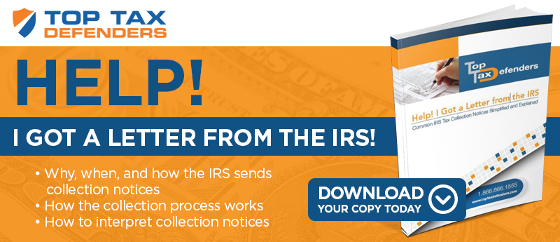An Overview of IRS Transaction Codes
When you order transcripts of your tax return, you may notice a series of letters and numbers at the top. What do these letters and numbers mean and why did the IRS put them there? In most instances, the code is nothing to cause worry or alarm. You can understand your own tax transcript better by learning more about common IRS transaction codes.
What are IRS Transaction Codes?
The IRS uses a multitude of transaction codes to keep track of changes that are made to tax returns as they are being processed. In its meticulous effort to collect taxes and dole out returns, it uses these codes to identify the stages at which returns are processed and reviewed. The codes ultimately reflect the history of actions and in what way they should be recorded on the Master File, which can be one of several electronic tax return processing and checking systems used by the IRS
In fact, the IRS relies on a number of different Master Files to keep track of taxpayers' returns. The Master File categories include:
- IMF, or Individual Master File
- BMF, or Business Master File
- EPMF, or Employee Plan Master File
- IRM, or Information Returns Master File
- IRAF, or Individual Retirement Account Master File
The codes found on a taxpayer's transcript will indicate the series of actions taken when the return was received and processed. It can also reflect the undoing of actions while the return was processed. In most cases, the codes ultimately should mean nothing to the taxpayer. The numbers and letters serve as a way for the IRS to keep track of the changes made to tax returns on a year-to-year basis.
However, if you really want to know what the transaction code at the top of your transcript means, you can find out by reading IRS Document 6209. This document contains the thousands of transaction codes that the IRS uses when processing and storing returns.
Common IRS Transaction Codes Found on Tax Transcripts
Some transaction codes are used more often than others by the IRS. The ones that many taxpayers typically come across when they order and read their transcripts can include:
- IRS Code 846 Refund of Overpayment, which indicates that the IRS owes the taxpayer a refund of an overpayment of taxes
- IRS Code 570 Additional Liability Pending or Credit Hold, which indicates that you could owe money to another government agency or something is amiss with your expected refund
- IRS Code 826 Overpayment Transferred, which means that your tax refund was diverted to an old debt like a student loan or child support
You also may find one of any number of transaction or error codes at the top of your transcript. These codes may precede the abbreviation of the Master File under while they were processed. Some of the most common transaction and error codes include:
- 000 I/B/E Establish an Account
- 011 I/B/E Change EIN or SSN
- 013 I/B/E Name Change
- 017 I Spouse SSN
- 091 B Terminate Small Business
- 177 I/B Abatement of Estimated Tax Penalty
The IRS uses thousands of error and transaction codes when processing and compiling taxpayer returns. If you are unsure of what your code means, you can find it on the IRS.gov website. You can also ask a tax professional to review your transcript and explain what the code means in terms of how your return was processed.
The IRS relies on an intricate system of transaction codes to keep track of how returns are processed each year. You can better understand the letters and numbers at the top of your transcript by learning more about the common IRS transaction codes.





